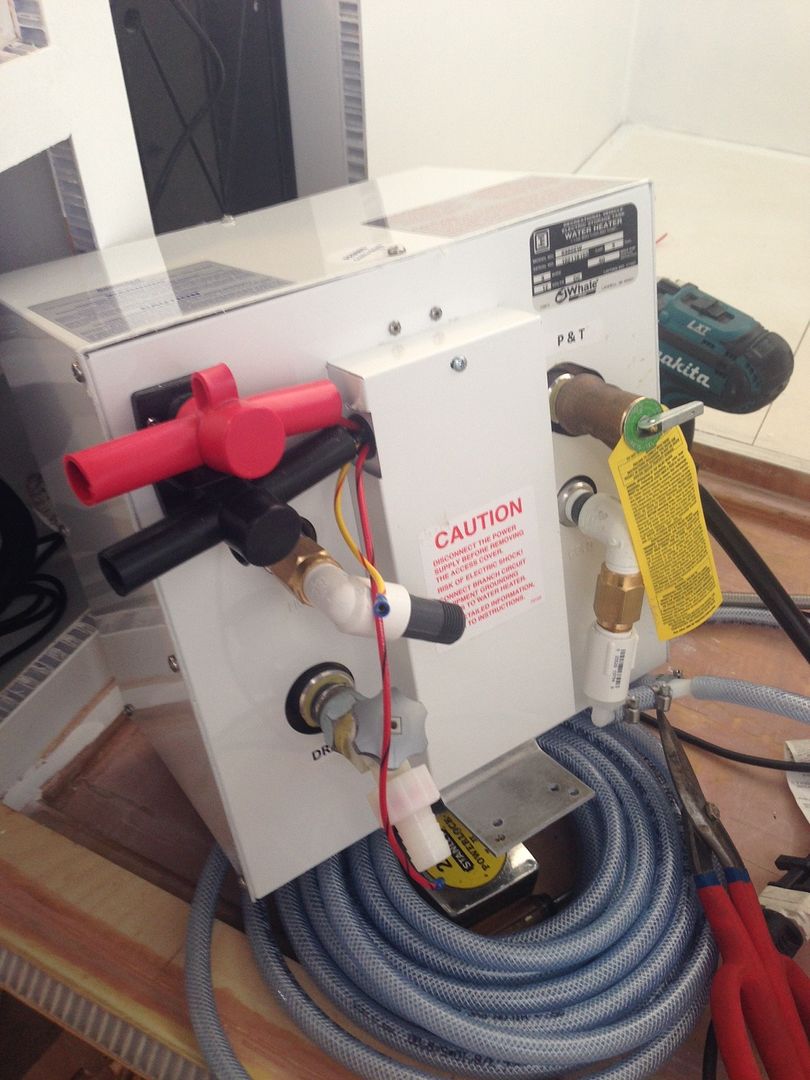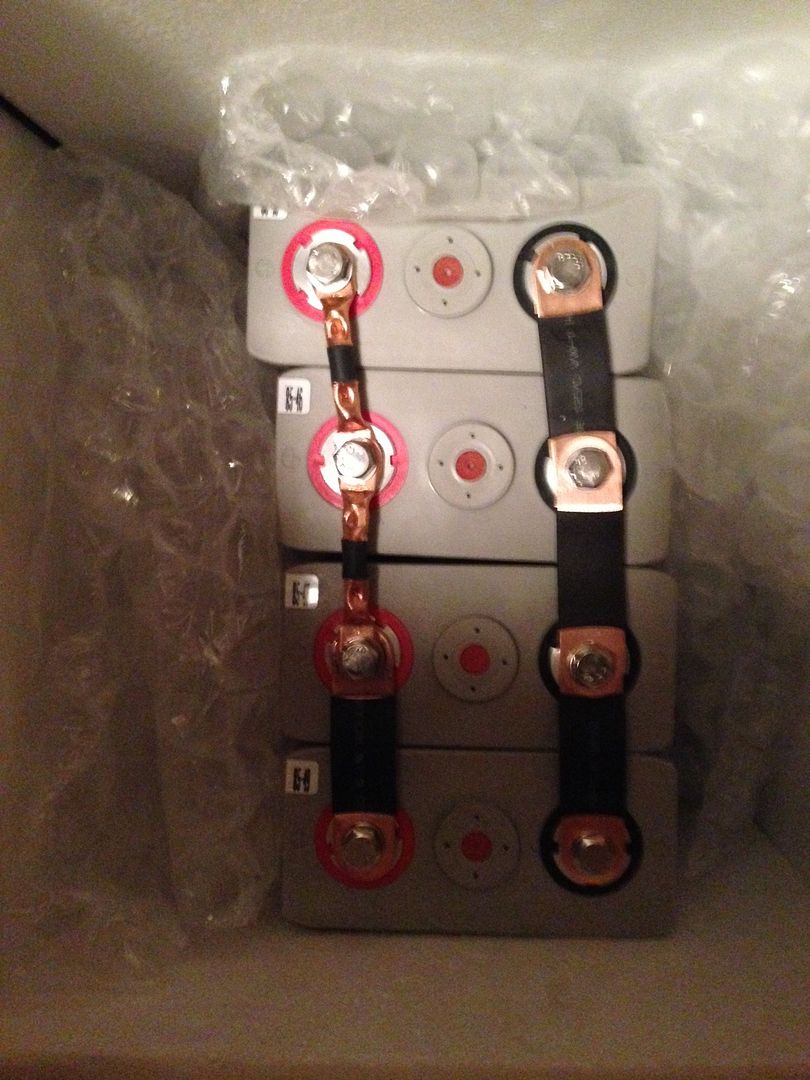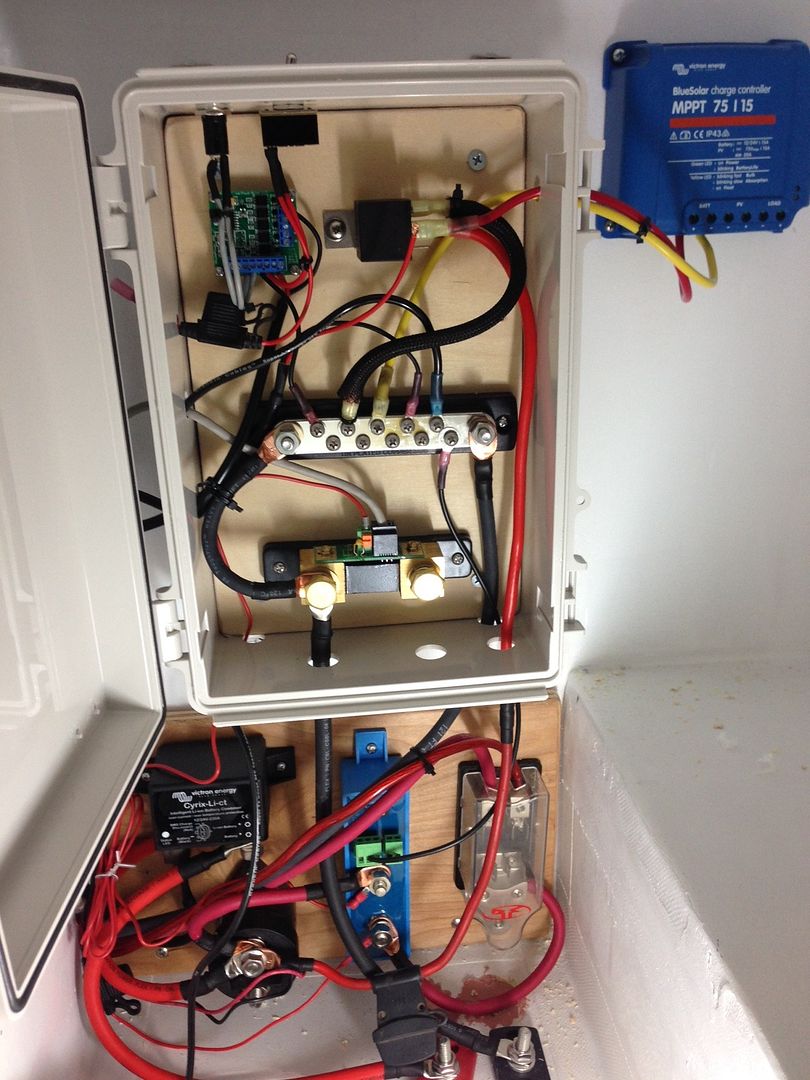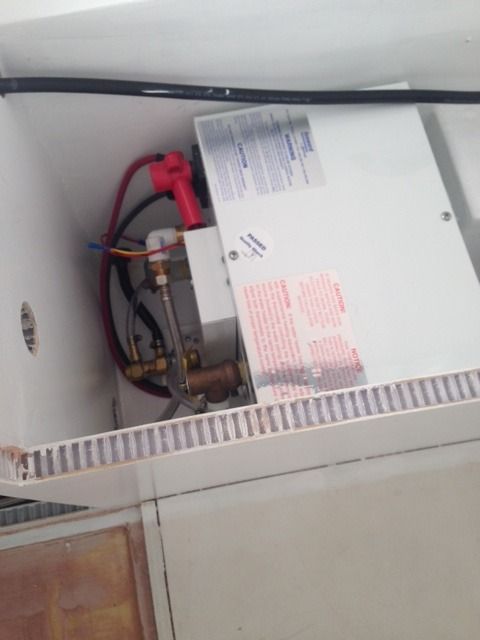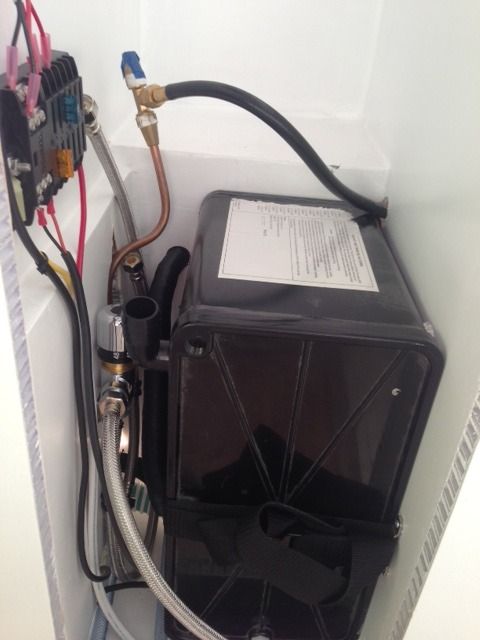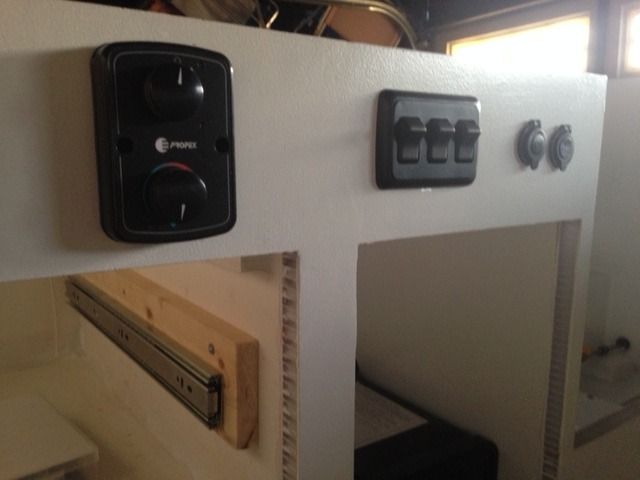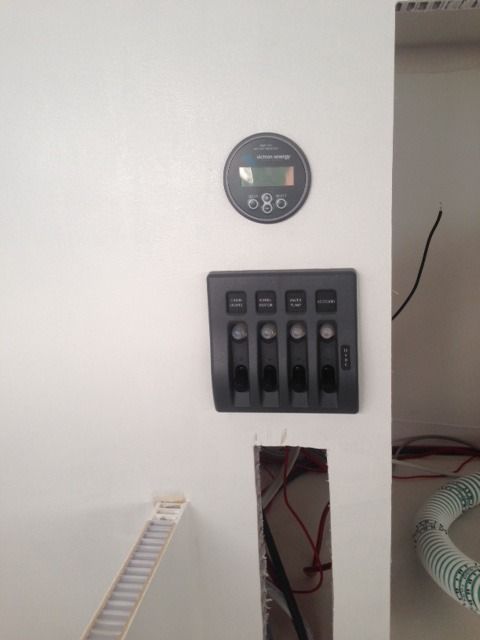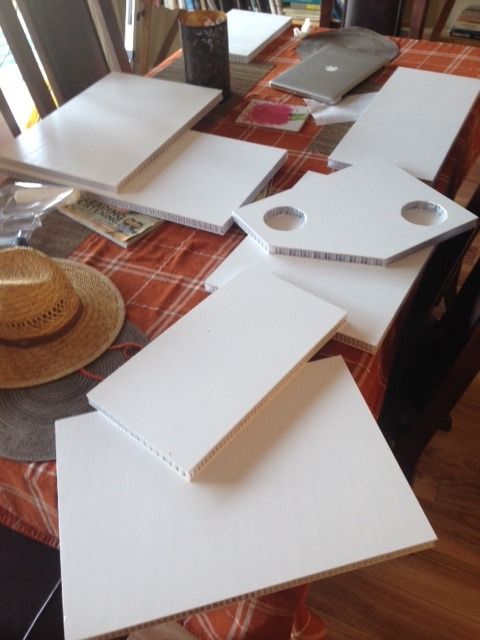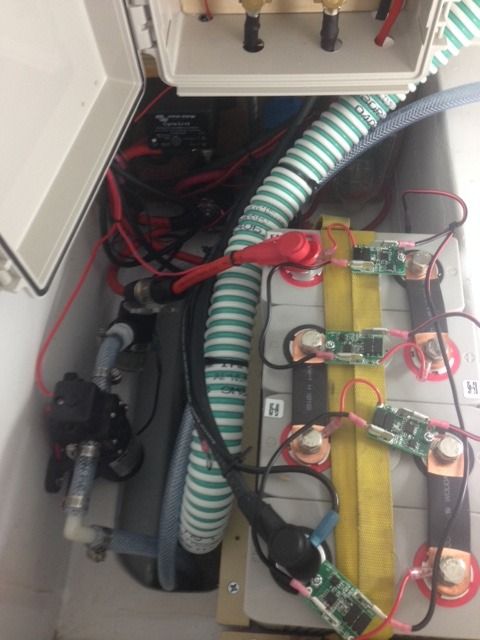CoyoteThistle
Adventurer
Little more past work to share before getting caught up to real time...
Progress on the propane system. The forward storage area will hold two 10-lb propane tanks. Got the regulator in. Used copper tubing through a vapor proof thru-hull thingy to keep the propane storage area isolated from the cabin. Gauge is for leak checking.
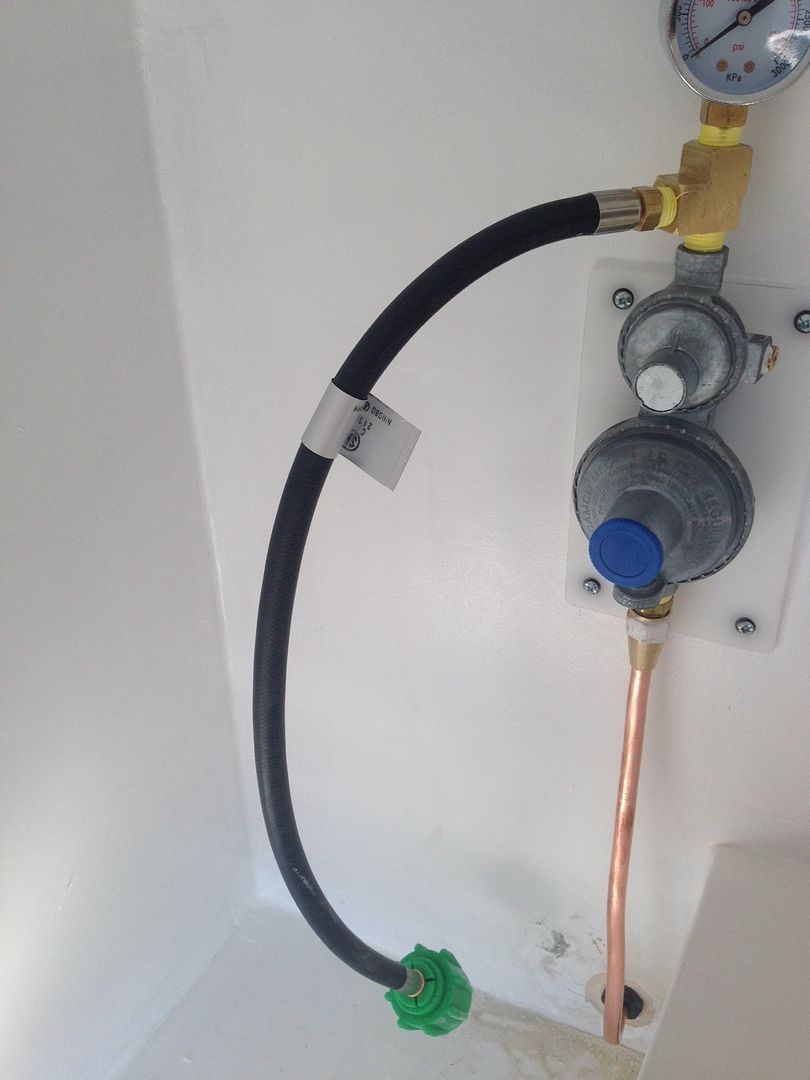
My original plan was to plumb it all with the copper tubing.
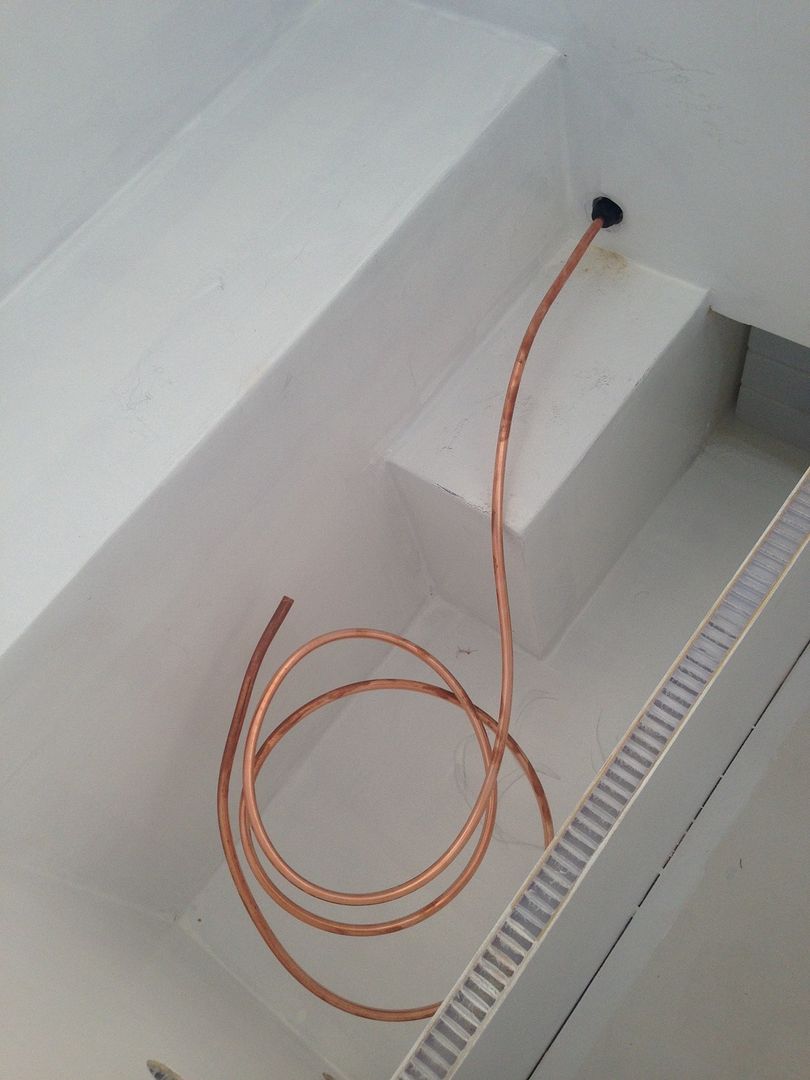
I've never worked with this stuff before it turns out it's a total pain in the butt (in the tight confines of the camper at least). By the time I got it back towards the heater (and stove), the pretty shiny tubing looked like it had been run over by an Earthroamer, several times. I wasn't at all happy with it and didn't really trust that I hadn't compromised the tubing at some point. So, on to plan B. I cut the tubing after the thru-hull, added a shutoff valve and used a couple 3' Camco hoses with 3/8" female flare ends.

I'll add a support under the valve eventually.
First hose goes back to a tee.
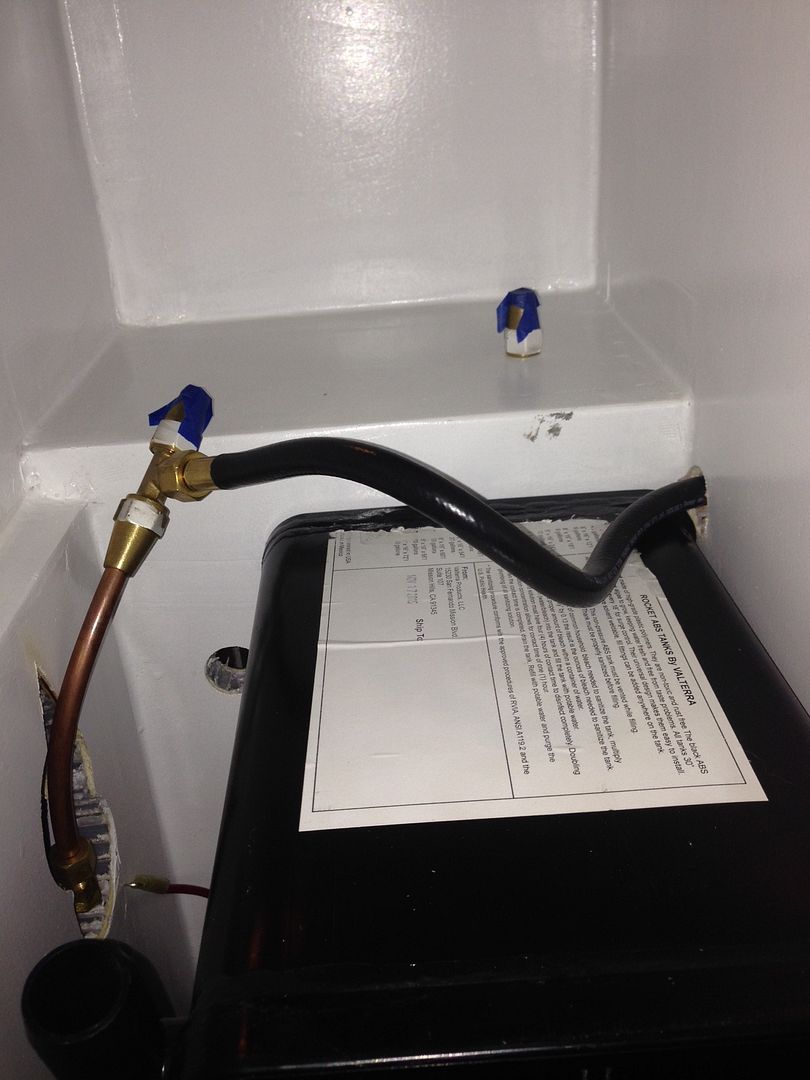
The line from the heater awkwardly ties in to the tee as well. Propex says to use copper tubing and the compression fitting that they include. Most everything I've read on propane says to not use compression fittings but to use flare fittings. I'm going with Propex recommendation for now. Any thoughts or experience on this front greatly appreciated!
Other branch of the tee will head up to the stove eventually.
Next up, battery and electrical system - this is where it gets interesting :ylsmoke:
Progress on the propane system. The forward storage area will hold two 10-lb propane tanks. Got the regulator in. Used copper tubing through a vapor proof thru-hull thingy to keep the propane storage area isolated from the cabin. Gauge is for leak checking.

My original plan was to plumb it all with the copper tubing.

I've never worked with this stuff before it turns out it's a total pain in the butt (in the tight confines of the camper at least). By the time I got it back towards the heater (and stove), the pretty shiny tubing looked like it had been run over by an Earthroamer, several times. I wasn't at all happy with it and didn't really trust that I hadn't compromised the tubing at some point. So, on to plan B. I cut the tubing after the thru-hull, added a shutoff valve and used a couple 3' Camco hoses with 3/8" female flare ends.

I'll add a support under the valve eventually.
First hose goes back to a tee.

The line from the heater awkwardly ties in to the tee as well. Propex says to use copper tubing and the compression fitting that they include. Most everything I've read on propane says to not use compression fittings but to use flare fittings. I'm going with Propex recommendation for now. Any thoughts or experience on this front greatly appreciated!
Other branch of the tee will head up to the stove eventually.
Next up, battery and electrical system - this is where it gets interesting :ylsmoke:


